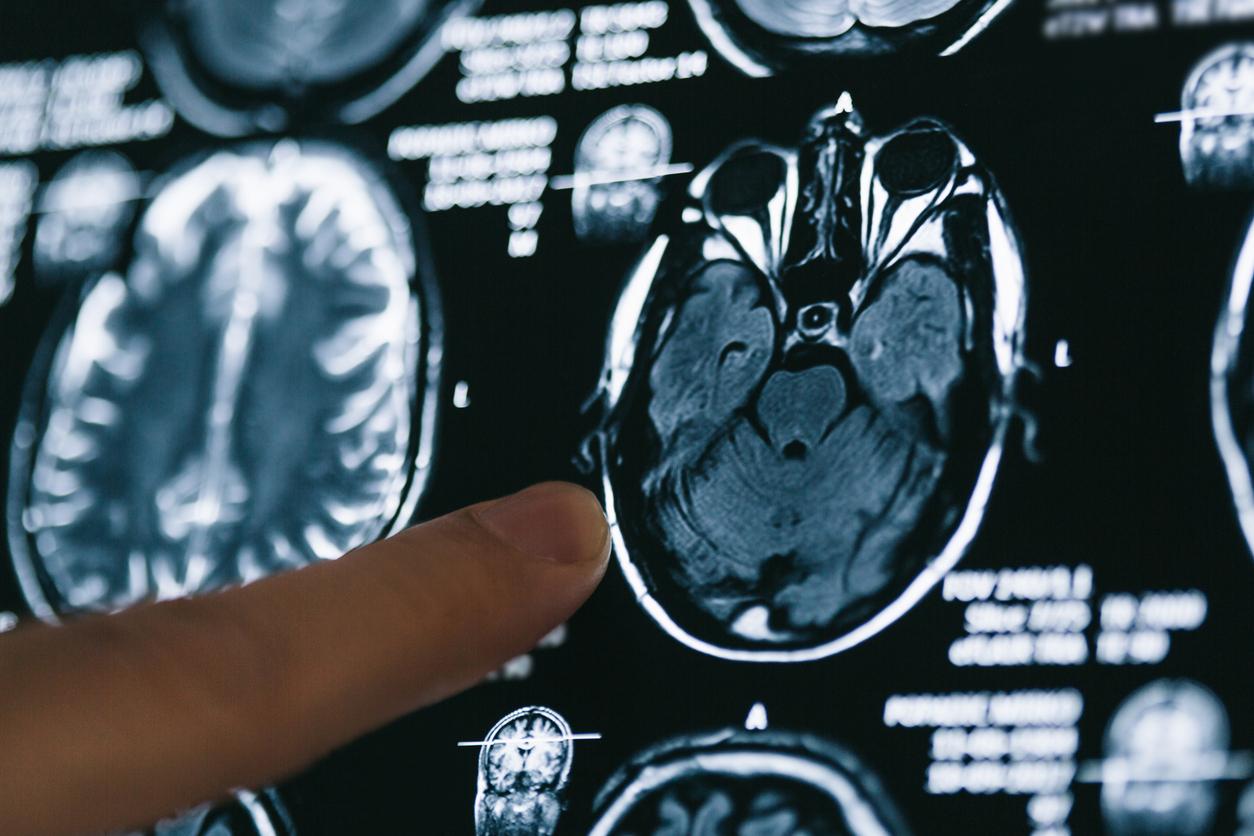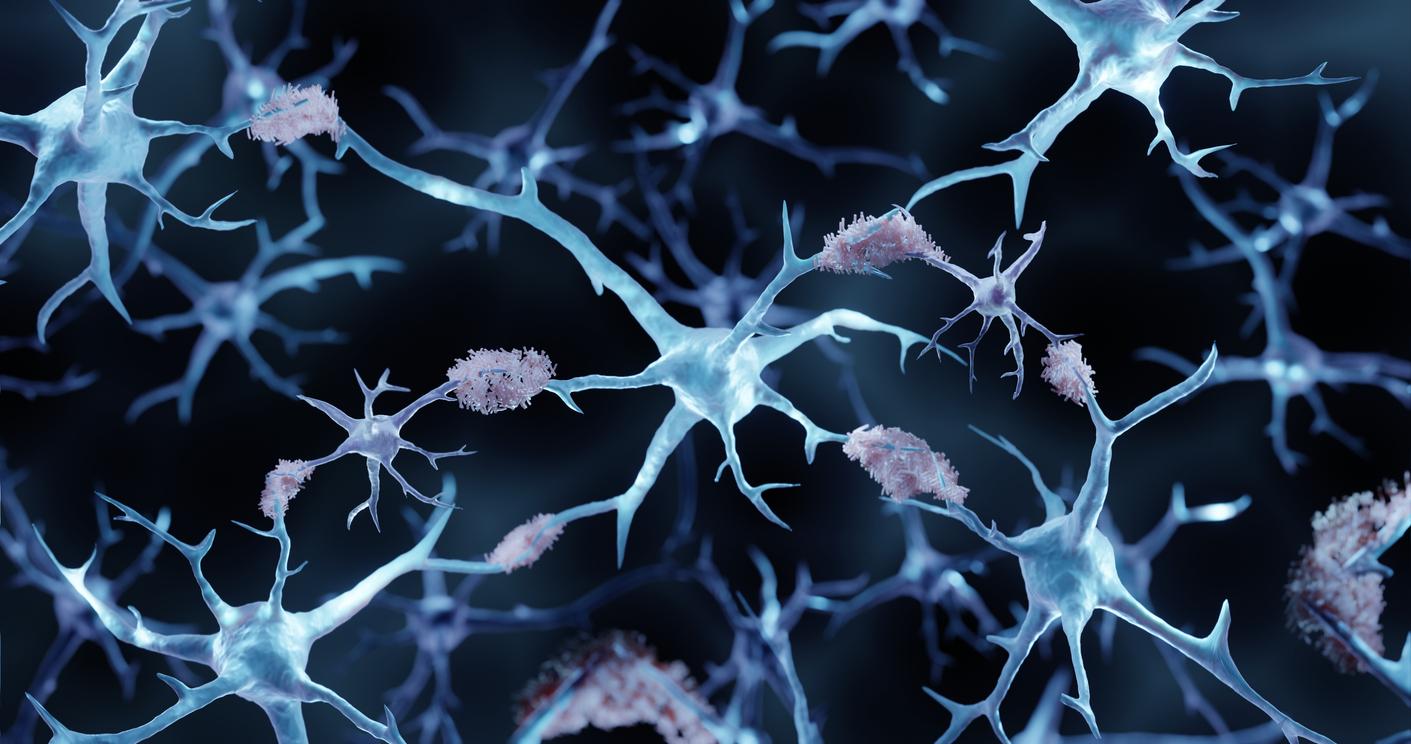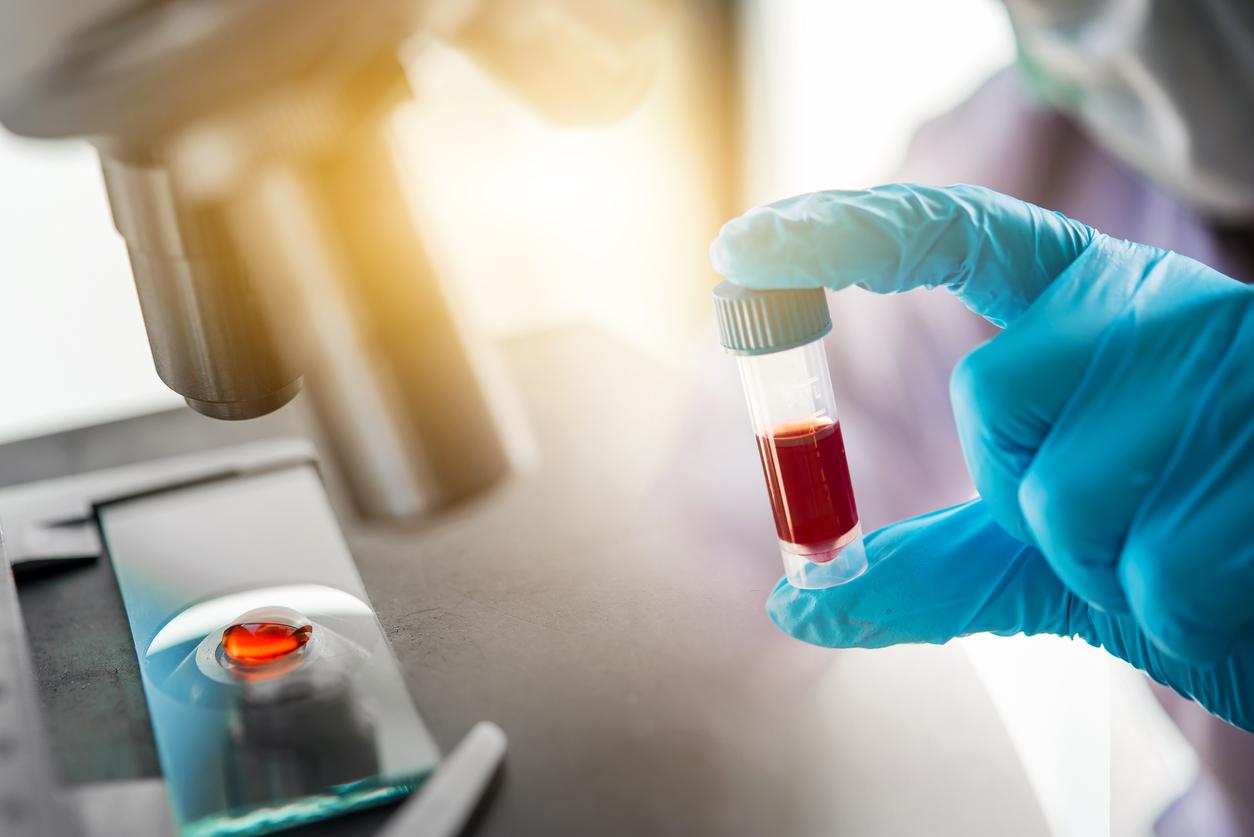The brain cell purification system is greatly diminished in people with Alzheimer’s disease. Improving this cleaning system in animals with this disease regresses the symptoms of the disease.

Despite strenuous research, understanding Alzheimer’s disease remains difficult, especially in the late phase. No new drugs have been approved in recent years. Researchers are therefore focusing their work on the early stages of the disease so that they can correct the process or processes that lead to the disease and potentially prevent the development of this debilitating condition.
An international research team from the University of Copenhagen, the National Institutes of Health and the University of Oslo, focused on an aspect of the disease that has held the rope for several years: the purification system of brain cells, called “mitophagy”, is greatly diminished in animals and in humans with Alzheimer’s disease. Improving this cleaning system in animals reduces Alzheimer’s symptoms. This work is published in the scientific journal Nature Neuroscience.
Cleaning fault
When the brain cell cleaning system does not work properly, there is an accumulation of faulty mitochondria in the brain cells. The mitochondria is the energy factory of the brain and it can be really dangerous for the cell.
In any event, a poor purification system is clearly present in the cells of humans and animals with Alzheimer’s disease. And when this cellular purification is carried out in living animals, their symptoms of Alzheimer’s disease almost disappear.
Deficient power plants
Mitochondria are found inside the cell and can be considered as factories to manufacture the energy that cells need. “Mitophagy” is the process that breaks down defective mitochondria to reuse the proteins that compose them. Previous research has shown that ‘dysfunctional mitophagy’ is associated with poor functioning of and even death of nerve cells, but until now no link with Alzheimer’s disease has been shown.
An essential purification process
The researchers thus examined more closely the process of purification of brain cells in patients who died of Alzheimer’s disease, but also in living mice suffering from Alzheimer’s disease (animal model). Additionally, they also tested substances believed to improve the dysfunctional cleansing process in these same animal models.
Their results significantly confirm that the cell purification process appears to be an important factor for the survival of human cells and in different animal species. The results are encouraging: in living animal models, certain molecules tested seem able to improve cell purification, but also the symptoms, memory and learning which are altered in Alzheimer’s disease.
A disease of hoarding
In both Alzheimer’s disease and other states of dementia, there is an accumulation of tau and beta-amyloid proteins in the brain, leading to cell death. The researchers showed that, in these new animal models, such an accumulation would slow down when one reinforces mitophagy, that is to say the purification of cells.
The researchers believe that, taken together, their results indicate that the cleansing process is a new target for the treatment of Alzheimer’s disease. They therefore plan to begin clinical trials in humans soon.

.

















